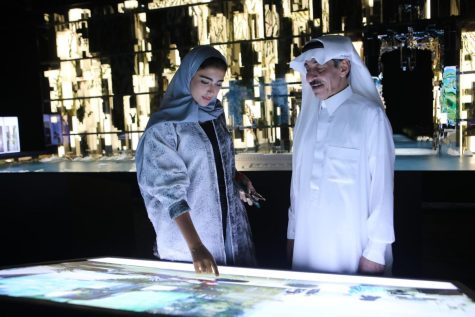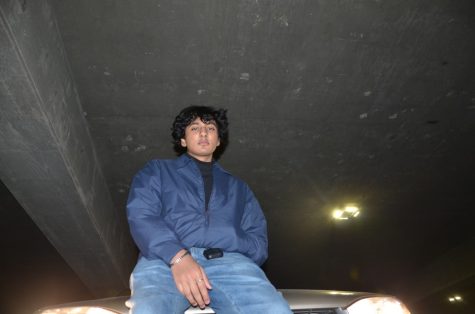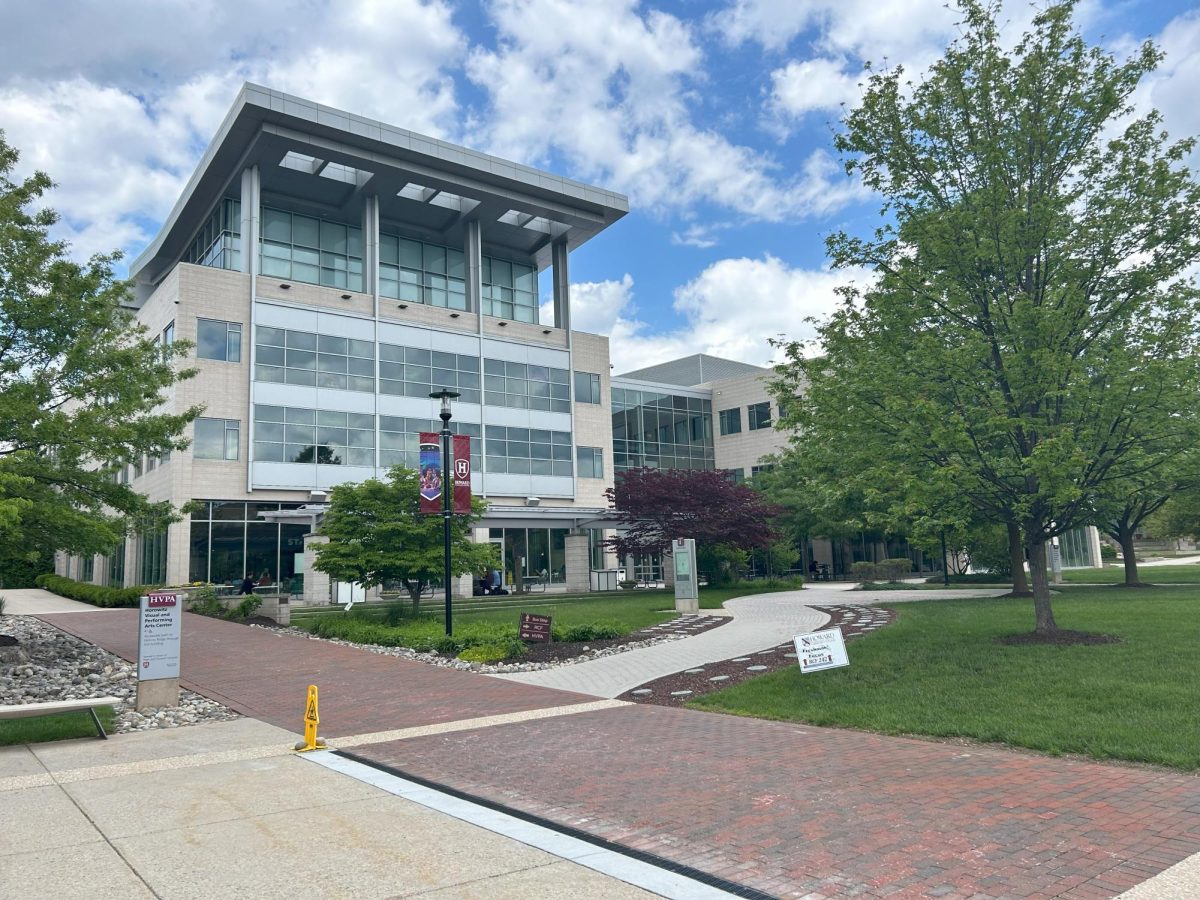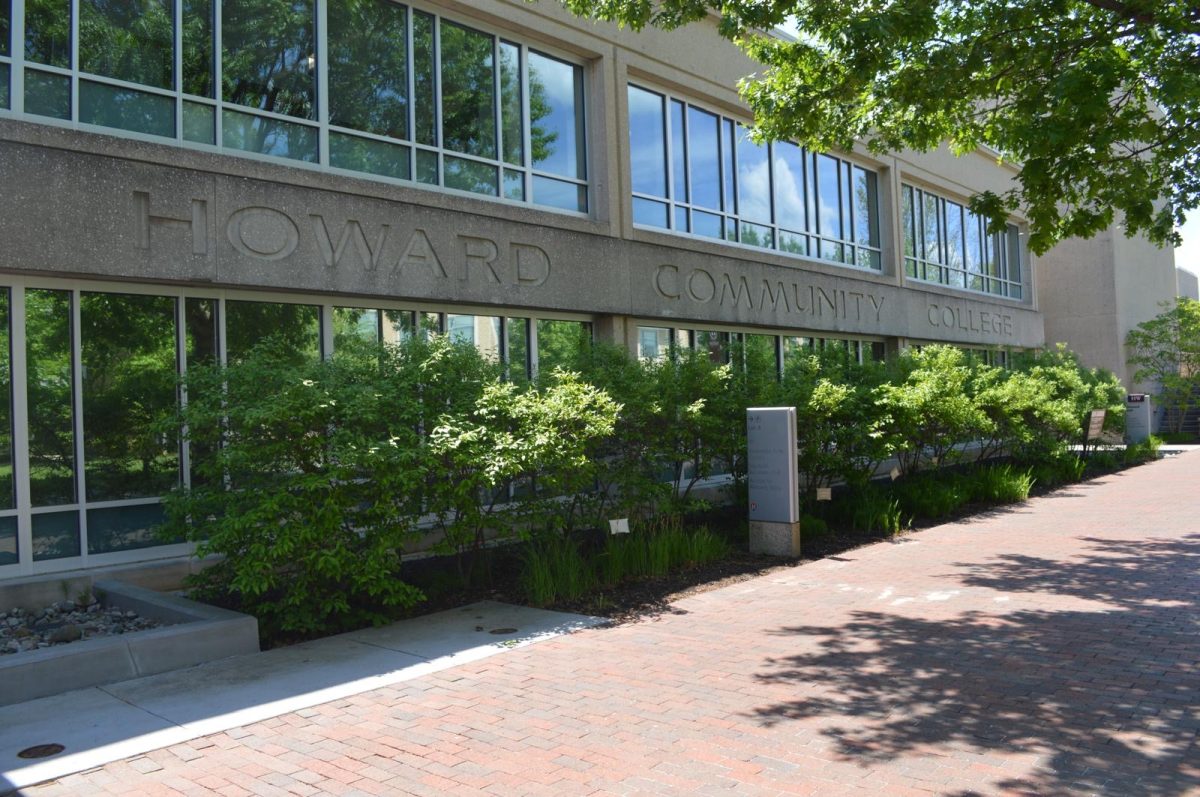Is Saudi Arabia’s The Line the Future of Mankind?
The Line Public Exhibition image showing the final project design concept
March 1, 2023
Have you ever watched any sci-fi movie and marveled at the high-tech buildings and unique structures? Have you ever wanted to live in those fictional worlds but realized that no such thing exists? Well, look no further than The Line.
The Line is a futuristic city being built in the deserts of Saudi Arabia. However, what differentiates it from most is its sophistication. Despite having a width of only 200 meters, the city’s height reaches beyond that of the Empire State Building. Unlike most cities which spread outwards, The Line is an extremely narrow but tall development that snakes through the desert.
Housing millions of people and offering an innovative way to provide shelter from the blistering heat, the different levels would have everything a normal city would have. Other than being an idea seemingly ripped from George Lucas’s brain, the city offers the same features and ideas you would find anywhere else besides the extra square footage.
The purpose of its unique size and structure is to reduce the carbon footprint on the earth. Because of the small size, there will be no room for roads and cars. However, according to npr.org, “Residents will be able to run errands with a five-minute walk” and “High-speed rails will carry people from end to end in 20 minutes.” This would not only reduce carbon emissions but also offer an efficient and innovative way to travel.
The gigantic walls that cover the city will also provide ventilation and temperature control to defend against Saudi Arabia’s scorching heat. Saudi Crown Prince Mohammad Bin Salman said in a press release, “At THE LINE’s launch last year, we committed to a civilizational revolution that puts humans first based on a radical change in urban planning. The designs revealed today for the city’s vertically layered communities will challenge the traditional flat, horizontal cities and create a model for nature preservation and enhanced human livability.” With all the preventive measures and insight put into construction, The Line promises to not only provide functionality but also progress.

While its claim of being eco-friendly has garnered support, there is growing concern that building a whole city in the middle of the desert will have actually harm the environment. Saudi government officials have not publicly countered this specific argument, but they are adamant about the environmental benefits The Line will provide.
With the strict rules the country follows, a peaceful arrangement as described by the government is unlikely. ALQST, an independent human rights organization, reported that Saudi Arabia sentenced three indigenous men to death for refusing to vacate their homes to accommodate The Line’s construction. Following the death of tribal activist Abdul-Rahim-al-Huwaiti, who was murdered for protesting the evictions, major red flags and concerns have arisen regarding the mega project.
Critics of The Line cite infringements on free speech and other fundamental rights which Saudi authorities are known to perpetuate. When discussing the female narrator of a promotional video for The Line, The New York Times contributor Robert F. Worth said, “Would she even consider moving to a remote desert city, to be subject to 24/7 surveillance and the whims of a murderous prince? My guess is that she did what so many others who work for the Saudis have done: spoke her lines, picked up the check and fled.”

From its questionable environmental impact to the strict laws and regulations that Saudi Arabia has enforced through bloodshed, there is massive opposition to the spontaneous project. When asked, some students at HCC were in favor of the idea while others questioned its success in mankind’s future. Lily, a student at HCC said, “Overall I can see where they’re going with the idea, but I don’t think it’ll last long.” Cameron, another HCC student, said, “It’s very costly considering all the faulty factors that come with making something like this.”
Controversies aside, one thing is certain—The Line is set to push the boundaries of the future. With the city in the desert as the first of its kind, it could be the pioneer of something that we find common in the coming decades. With The Line’s construction well underway, it is apparent the world is moving toward a more advanced future.







